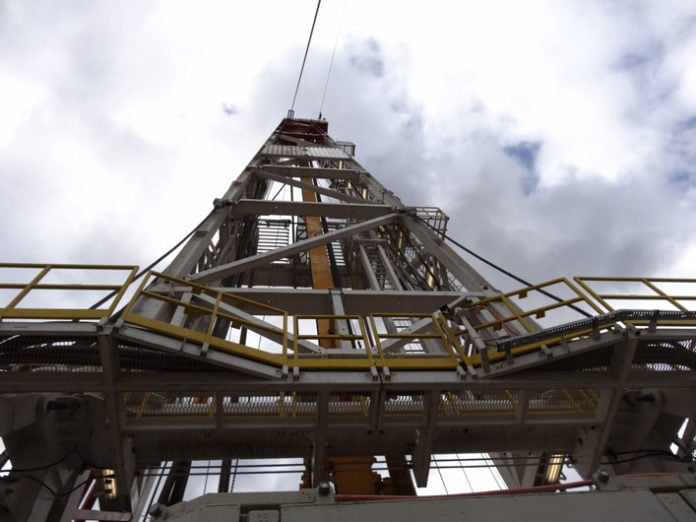Many new grads with degrees in geology, petrophysics, and engineering start their careers in the oil and gas industry by working as MWD operators or engineers.
This is especially common with new grads that were not able to secure a job with an E&P company either because of a low GPA or lack of previous oilfield experience.
Even though it might be beneficial to have a post-secondary education if you want to get a job as an MWD operator it is usually not a requirement.
There are many MWD operators that only have a high school diploma and some oilfield experience from working on a drilling rig or as mud loggers.
Related: What is Mud Logging in Oil and Gas?
What is MWD?
If you are not familiar with MWD or measurement while drilling, it is a method used to obtain real-time downhole data while drilling a well.
The most important piece of information that can be retrieved using MWD tools is a wellbore trajectory.
By knowing real-time downhole trajectory the driller can ensure that the well is being drilled as planned and it is not deviating into a different formation or is getting too close to the other wells on the same pad.
MWD data can also help to detect other downhole issues such as drilling bit problems before too much time is wasted drilling with a dull or damaged bit.
All this downhole data is sent in real-time to the surface via pressure pulses in the drilling mud.
Read next: What are MWD and LWD in Oil and Gas?
MWD Operator Responsibilities
Here are the typical responsibilities of a MWD operator:
- Deliver MWD equipment to the location and then back to the shop at the end of the operation.
- Before leaving for location test all the equipment and perform preventative maintenance to avoid any failures on the job.
- Monitor the accuracy and quality of data coming to the surface.
- Keep the directional driller, drilling engineer, and geologists up to date and address any questions they might have.
- Install and test MWD equipment before it goes downhole to ensure it works as expected
- Troubleshot any issues if the tool is not operating as expected. For example, if the data stops coming to the surface or there are issues with the sensors.
- Clean and repair the tools after the end of each operation.
Working Conditions
Similar to many other oilfield jobs the most physically demanding part of being an MWD operator or engineer is setting up and removing the equipment at the start and the end of the operation.
The other 80% of the time the work is not physically demanding and mostly involves sitting and making sure that the tool works and sends the data.
Most MWD operators have rotating schedules like everyone else in the oilfield. They usually work 2 weeks on and one week off or 3 weeks on and 10 days off.
However, during busy times you might have to stay on the rig for the entire duration of the job.
Most MWD operators work 12 hours but often are required to stay on call even during the off-hours.
Career Progression for MWD Operators
After getting some experience in MWD, most people try to move to something else either to get a better schedule or increase their salary.
Many MWD operators eventually become directional drillers or even company men.
However, in most cases, you will also need to have some type of rig experience by working as a roughneck or even better as derrickmen or a driller.
If you have a university degree or diploma, you might be able to transition to the E&P company and eventually work from the office.
Read next: Working on a Drilling Rig: Positions and Responsibilities
